Reading Time: 3 minutes
The Calling
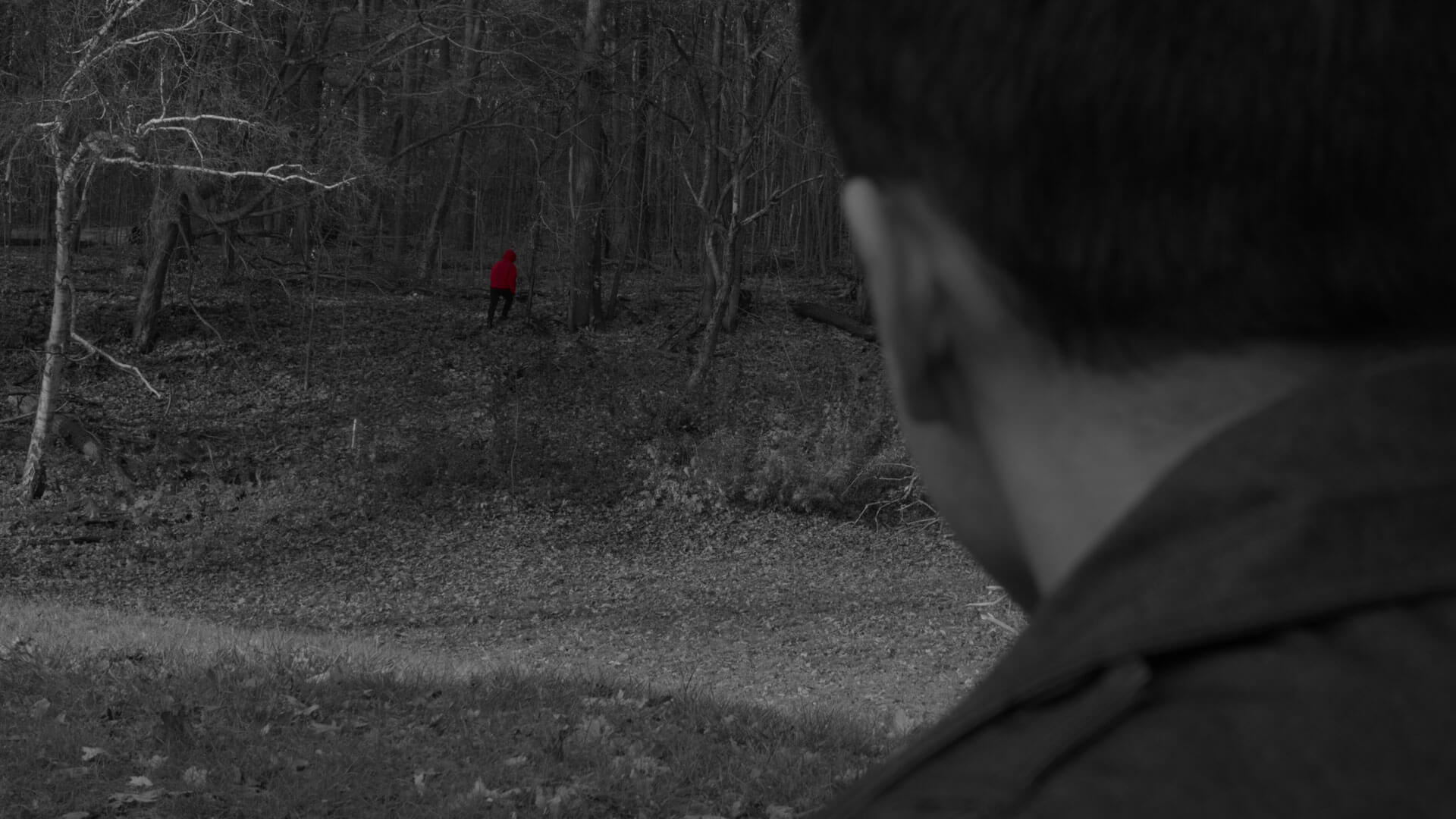
In the cold reaches of Northern Quebec, Alexandre Corbeil worked for a drilling company, searching for underground gold ore deposits. The hours were long, and the work was physically demanding. He did it to save enough to quit his job and pursue his true calling as a filmmaker.
Soon, he found himself studying Film and Television Production and Post-Production. It was in this program that, with the help of students and faculty, he created his first feature short film, Red Hood.
This blog post features photos from the film’s trailer and behind the scenes.
“I just turned 40 when I started the program,” said Corbeil. “I wanted to get as much out of this experience as possible.”
The Script
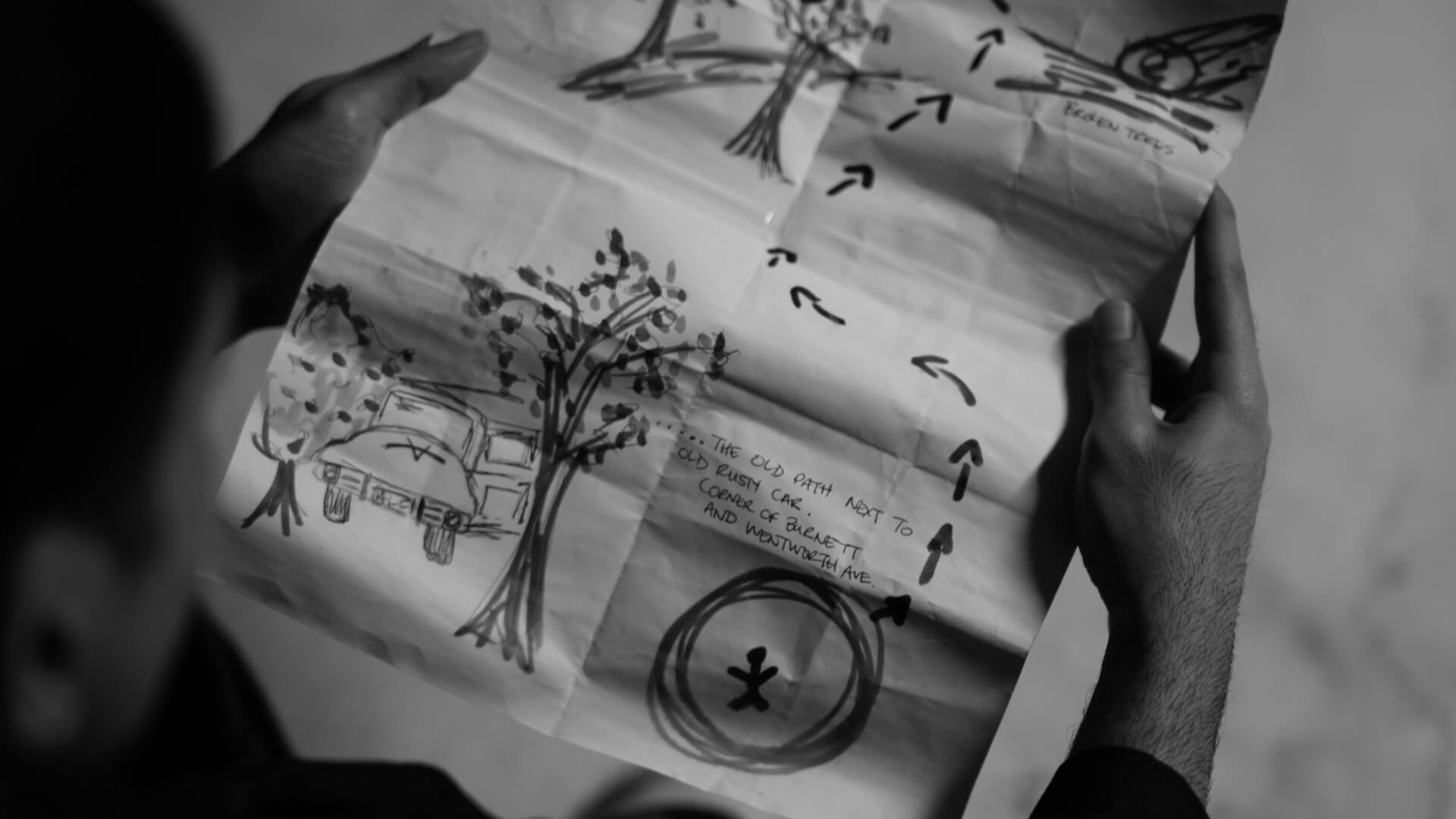
The concept for the film came to him in his screen writing class with Mark Mungo. Mungo asked each student to come up with six ideas, then select one for a script that would be filmed later in the program.
It was not easy for Corbeil to commit to one idea. Like actors, directors sometimes get typecast based on the genre of their first film, so Corbeil had to choose carefully.
“I decided on an action film. I love action films, and I thought that creating one would be more of a challenge than a drama.”
Corbeil began writing. He worked diligently to refine his script by seeking out feedback from instructors, classmates, and his brother, Kevin Corbeil Palma, another filmmaker who is credited as co-writer on the film.
“You have to be able to put your ego aside and be willing to accept that there are ways to make things better.”
The Cast
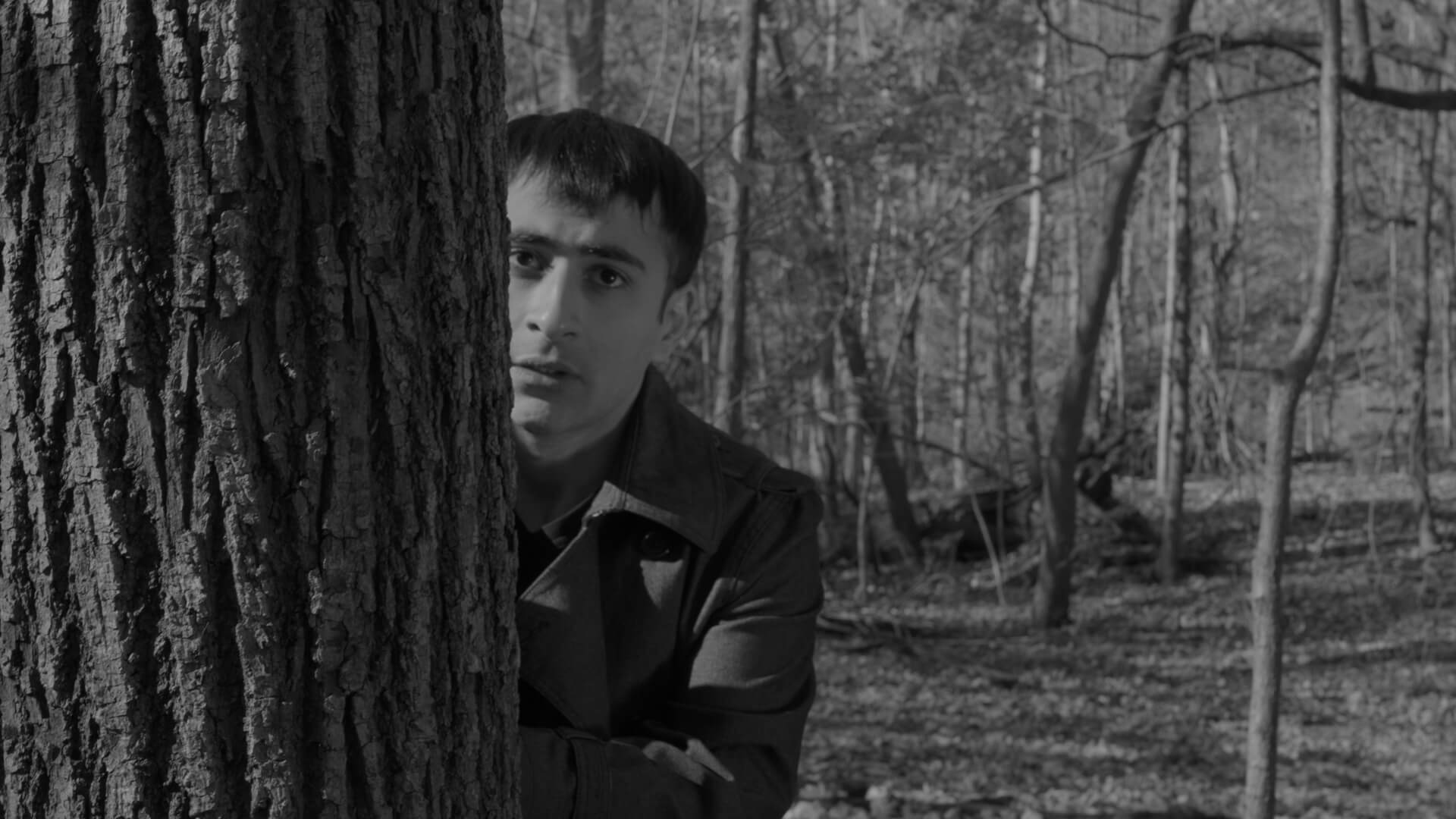
Once the script was complete, Corbeil searched for his cast members.
“Originally, I planned to make the main character someone old, but then I met Mohammad...”
Another Trebas student introduced Corbeil to Mohammad Ali, a local actor known for his intense physical presence on screen, the perfect fit for Corbeil’s action flick. In Red Hood, Mohammad plays a troubled young man just released from prison.
“Mohammad was committed 200% to the role.”
The Shoot
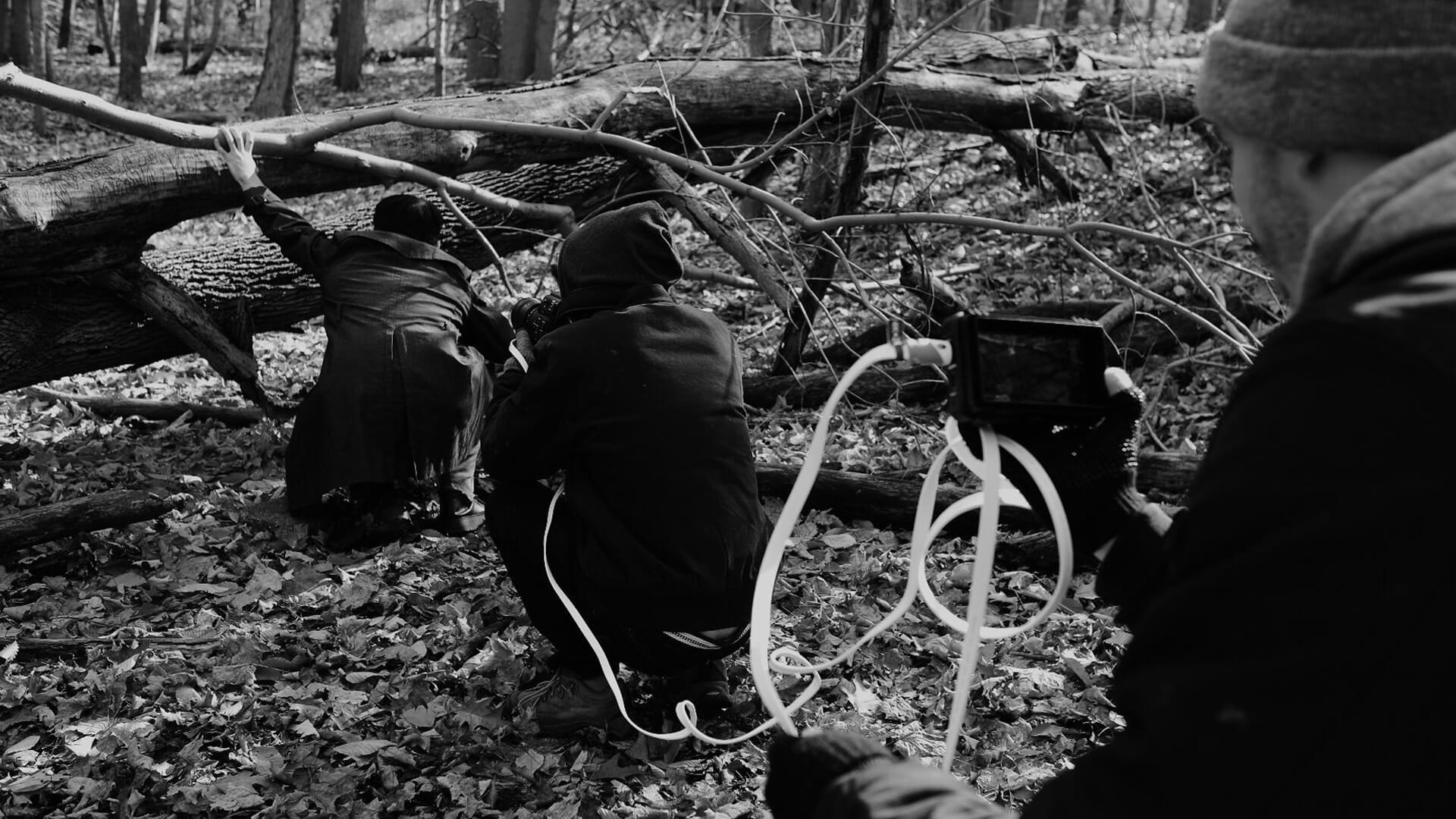
After scouting out an area in North York that resembled a forest, where 80% of the film was to take place, Corbeil began planning the shoot.
“I wanted to achieve something that looked realistic, gritty and high quality. I didn’t want it to look like a student film.”
This lofty goal led to several obstacles. The first problem: How do you shoot Hollywood-grade action scenes on a low budget?
“If your actors are not trained to do stunts, and you decide you want to film a fight scene, the actors actually seem like they don’t want to punch each other. They are hesitant. The viewers will notice.”
To solve this problem and to create believable fight scenes, Corbeil turned to one of his favourite films for inspiration, Layer Cake, starring Daniel Craig. Layer Cake employs a technique called implied action. With implied action, the camera never shows actors getting punched, but instead shows a fist moving toward or across the screen, before cutting to a shot where viewers see the impact on the actor.
“The camera becomes the victim, not the actors,” explained Corbeil. “You see the fist coming at you on screen, but it doesn’t actually hit a face. The angle of the framing lets you imply the action.”
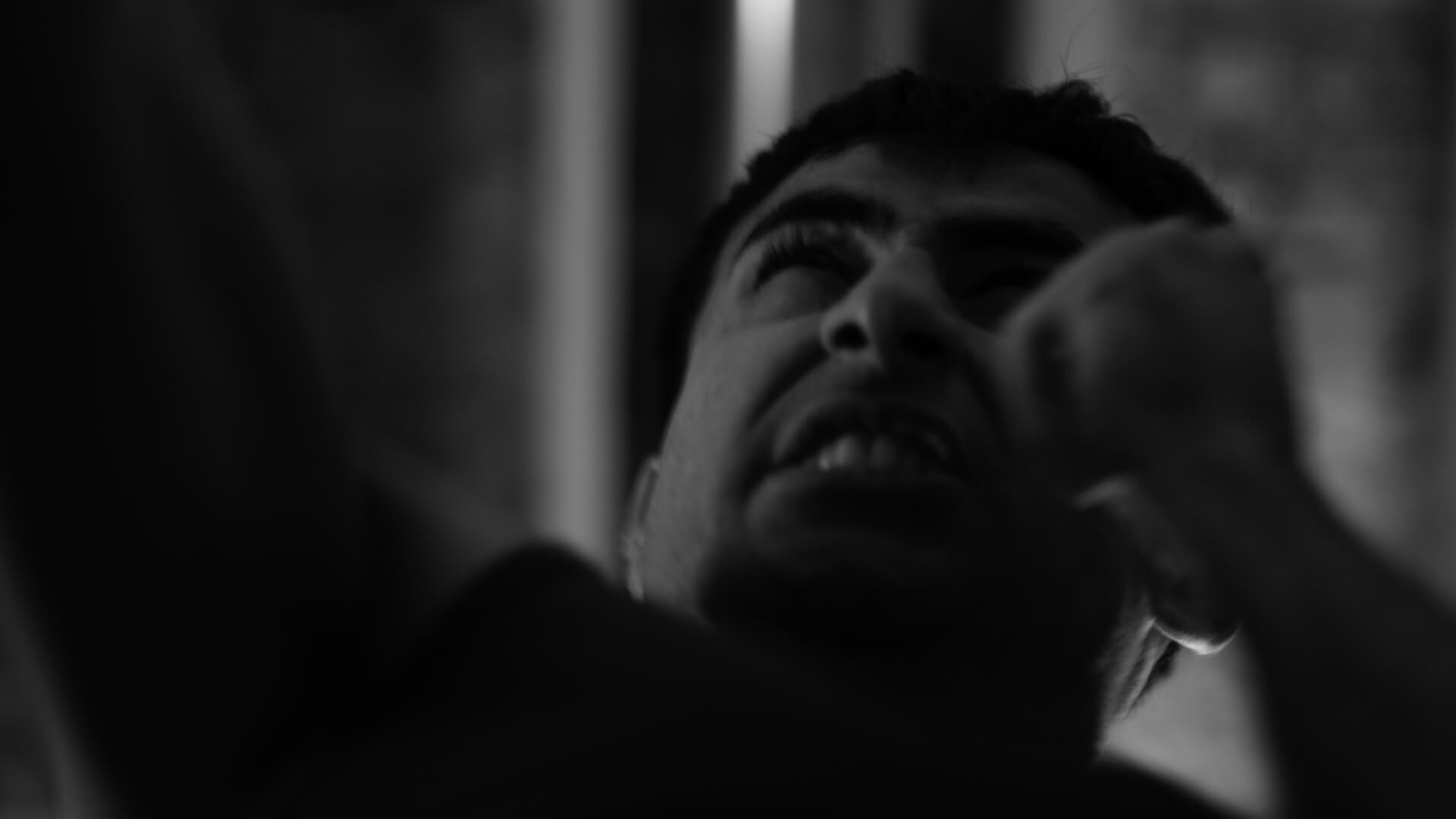
Implied Action in Red Hood
During the shoot, Corbeil heeded the advice of Trebas film instructor, Buck Moore, who convinced Corbeil to shoot the film with dynamic range in order to get a high resolution image that would be easy to edit.
“With dynamic range, the camera will record all the gradations of light, from the darkest to the lightest part of the image. It makes an image that is more sharp, crisp, and detailed.”
The Film
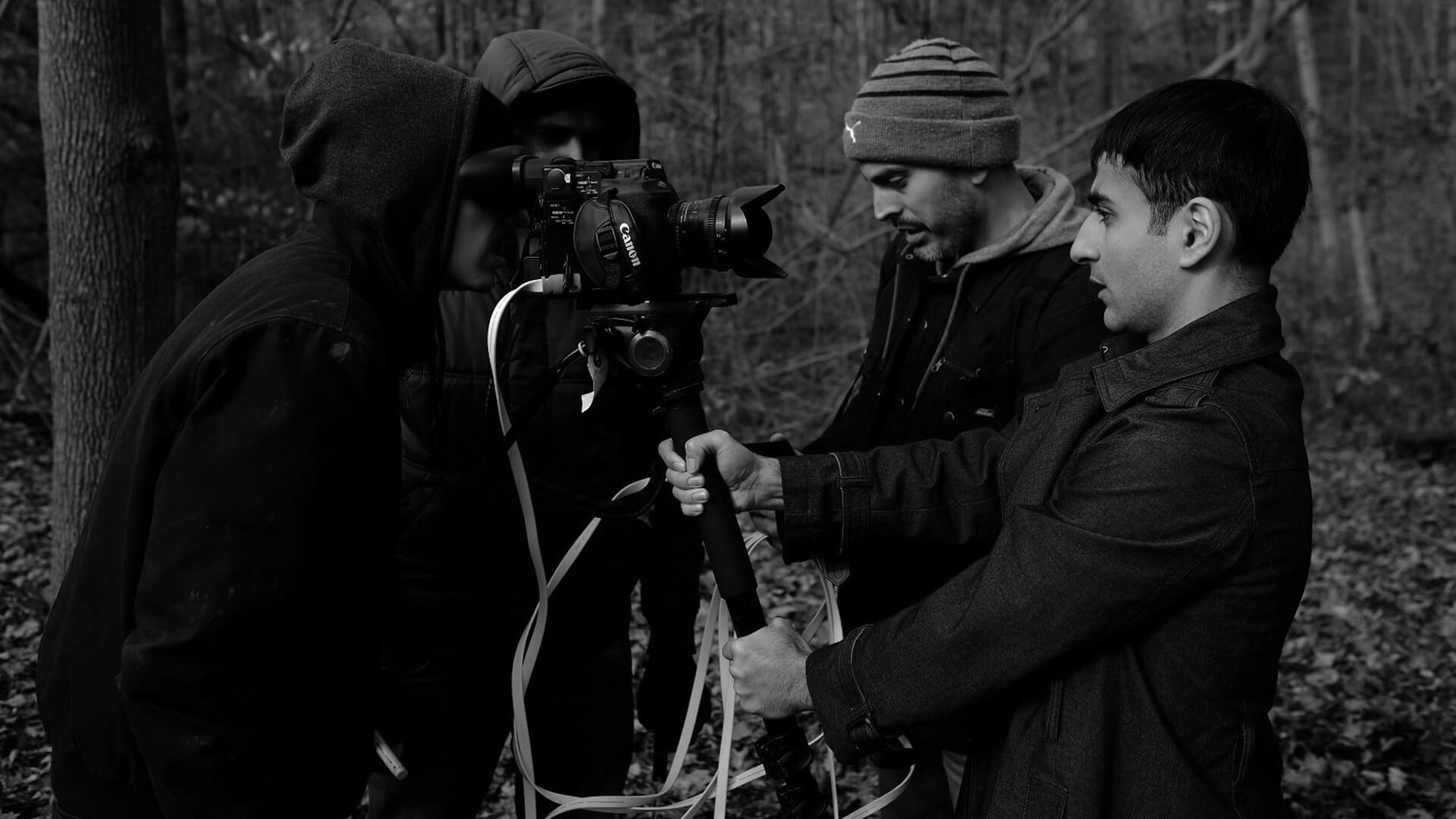
Once the filming and edit was complete, Corbeil shared the results with all those he collaborated with, including teachers, students, and actors. Mohammed Ali, the actor who played the film’s main character, was so impressed with Red Hood that he decided to start studying film at Trebas.
“With this project, what I like is that I start from the script writing and then see the full production cycle, including shooting and editing,” said Corbeil. “I really enjoy that whole process. When you see the results of all your hard work, it is very satisfying.”
Every year, numerous students like Corbeil transform their ideas into films. Some even win awards. If this sounds like something you’d like to experience, we invite you to connect with an advisor to learn more about this program. Email info@trebas.com.


